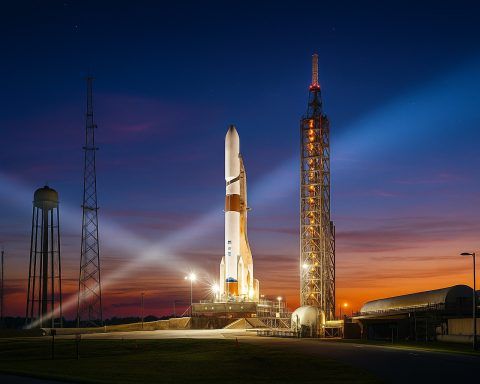
Blue Origin Launch Today (Nov. 10): New Glenn’s Mars Mission Scrubbed; Next Attempt Set for Nov. 12 — Time, Mission & How to Watch
Updated Monday, November 10, 2025 — Cape Canaveral, Florida Blue Origin’s second New Glenn mission — poised to send NASA’s twin ESCAPADE probes toward Mars — did not fly today. After a weather scrub on Sunday, Nov. 9, the company

